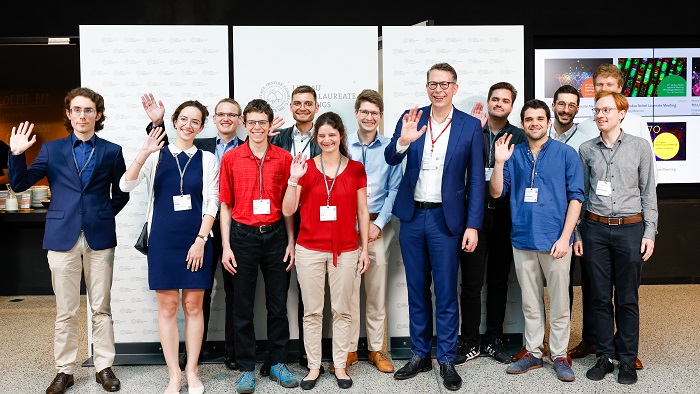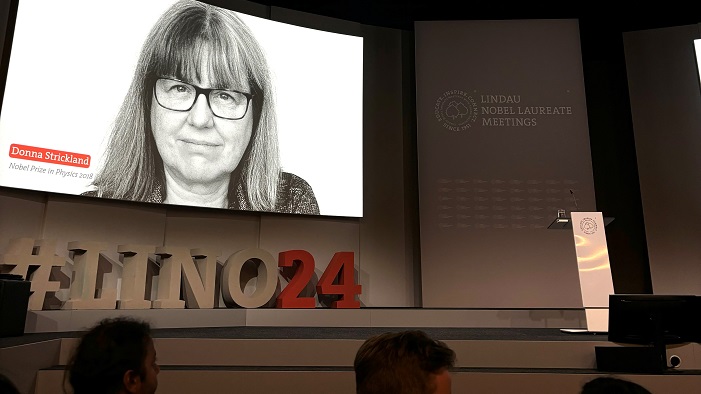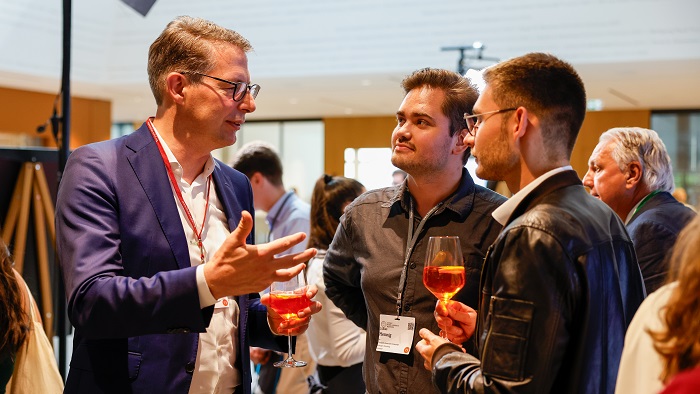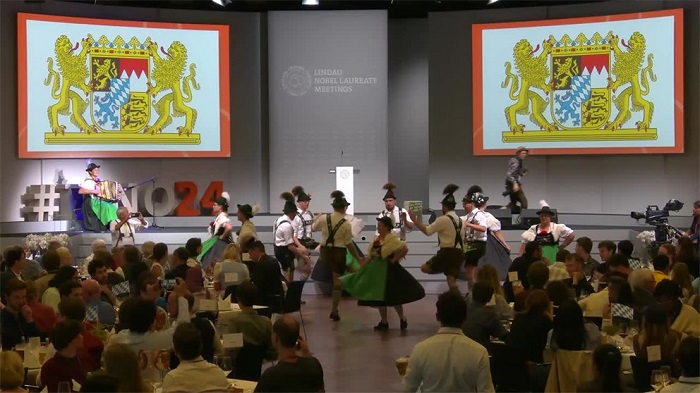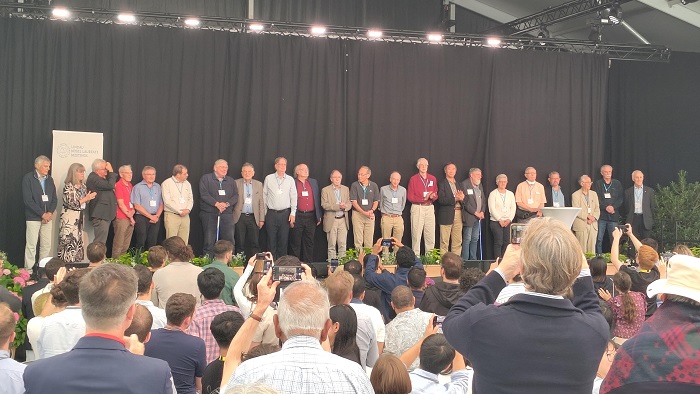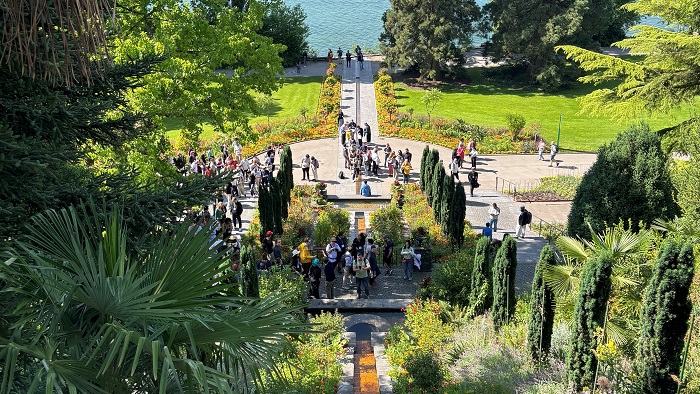The concept of the Lindau Nobel Laureate Meeting is as simple as it is unique: around 40 Nobel laureates meet for a week with 600 young scientists from all over the world in the picturesque town of Lindau. As a PhD student in quantum information science at the Max Planck Institute of Quantum Optics in Munich, I was privileged to attend this year's meeting, which focused on physics. Each day was structured around lectures, discussions and Q&A sessions by and with the laureates, but was also broken up by a plethora of activities. From a lakeside BBQ to the Bavarian Evening, where not only dirndls and lederhosen were worn, but also traditional clothing from the various home countries of the participants, to a final-day Mainau island boat trip - the six days were packed with opportunities to interact with the laureates as well as the other young scientists.
Extraordinary encounters and the “Lindau spirit”
Before the meeting, I was quite unsure how these interactions with the Nobel laureates would feel. Efim Zelmanov - himself a Fields Medalist and “special guest” via the Heidelberg Forum sister event - began his talk by recalling how such eminent scientists had a 'demigod-like' status during his youth in the Soviet Union. While this captured how I felt before the meeting, it was immediately superseded by what is called the “Lindau spirit”: an atmosphere of openness, curiosity and informality that could genuinely be felt in every conversation. The young attendees asked questions about everything, from the scientific to the personal, from the most specific research questions to the most general life advice - and the laureates were always happy to answer, with a wealth of anecdotes from their research and life experience.
For me, highlights included talking with Steven Chu about what scientific institutions encourage truly innovative research - and hearing the thoughts he developed while doing Nobel Prize-winning work at legendary institutions like Bell Labs and while founding new research institutions like ARPA-E in his later capacity as US Secretary of Energy. Or listening to Gerard ’t Hooft stress the importance of mathematical precision in theoretical physics and better understanding the views he developed over decades on what makes theory work successful. Or asking Anton Zeilinger and Serge Haroche, who broke ground with unconventional experiments, what they think are the most important questions in quantum optics that no one is working on yet. While the list goes on, it does not stop with the laureates - the young researchers made every queue and every coffee break into a mini-lecture about a new field of physics and a demonstration of the energy that is out there pushing the frontiers of science.
Lessons learned and inspiration gained
It was clear how consistently the laureates shared traits of extraordinary passion, extremely hard work and the courage to pursue unconventional questions. However, it was equally interesting, and even more unexpected, how diverse the laureates were in all other aspects of their personalities and stories - an inspiring reminder of how ground-breaking research can come from all directions and often requires a unique perspective. Indeed, “inspiration” is the best synopsis of what the Lindau meeting achieves - new motivation to see the big picture of doing physics and a new stimulus to strive to do interesting research every day. I am grateful for these insights, especially at the beginning of my PhD, and I thank the Elitenetzwerk Bayern as well as the Lindau organisers for the opportunity to participate.
Text: Maximilian Lutz
Link to the media centre of the 73rd Lindau Nobel Laureate Meeting


